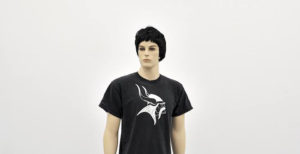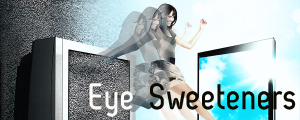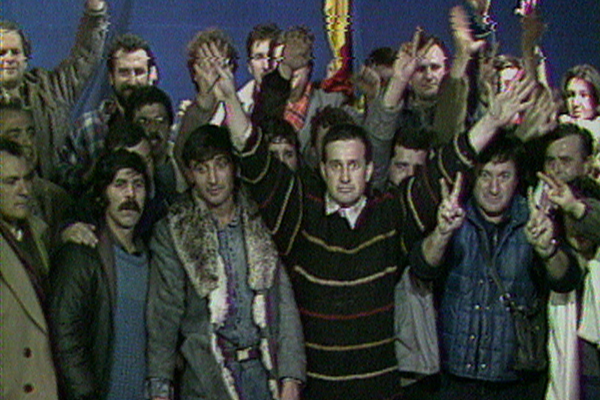The Skins group exhibition is on at Dublin’s Ellis King gallery, opening November 11 and running to December 17.
There is little information as to the nature of show but it does bring a typically interesting selection of seventeen artists, including Anne Imhof, Katja Novitskova, Lali Foster, Jacky Connolly, Anina Troesch, Zoe Williams and more.
Nominated for this year’s Nam June Paik Award, Novitskova is known for working with digital cutouts, sculptures, and installations, exploring humanity’s relation to the image, techonology and nature, while Imhof recently presented a spectacular three-part performance series called Angst in Basel, Montreal and Berlin’s Hamburger Bahnhof, which aqnb reviewed here.
See the Ellis King website for (limited) details.**





